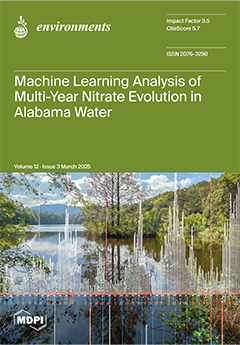The rising global production of tofu and soymilk has led to an increase in okara byproduct generation, creating a need for sustainable valorisation strategies to reduce environmental burdens. This study aims to understand the environmental impacts of seven okara valorisation scenarios compared to conventional disposal methods, such as landfilling and incineration, by conducting screening Life Cycle Assessments (LCAs). The results show that uncontrolled landfilling causes the highest environmental burden (37.2 EF-µPt/kg
okara), driven by methane and ammonia emissions that contribute to climate change, acidification, eutrophication, and particulate matter formation. Controlled landfilling (10.2 EF-µPt/kg
okara) and incineration (2.5 EF-µPt/kg
okara) lower these impacts but offer no circularity benefits. Biological treatments, such as anaerobic digestion (19.6 EF-µPt/kg
okara), composting (25.4 EF-µPt/kg
okara), and black soldier fly treatment (21.6 EF-µPt/kg
okara), provide climate benefits through energy recovery and feed production but introduce ammonia and organic dust emissions. In contrast, supercritical fluid extraction (−32.3 EF-µPt/kg
okara) and conventional protein hydrolysate production (−23.4 EF-µPt/kg
okara) deliver the greatest environmental savings by displacing soy protein and food-grade oil production. Animal feed use (−5.5 EF-µPt/kg
okara) emerges as a low-impact circular option, reducing climate change, land use, and eutrophication. The results show that regional weighting of emissions (e.g., ammonia, leachate) and uncertainties in substitution effects significantly influence outcomes. This study highlights the value of screening LCAs in identifying key environmental trade-offs in valorisation strategies and supports context-specific decision-making for circular processes.
Full article





